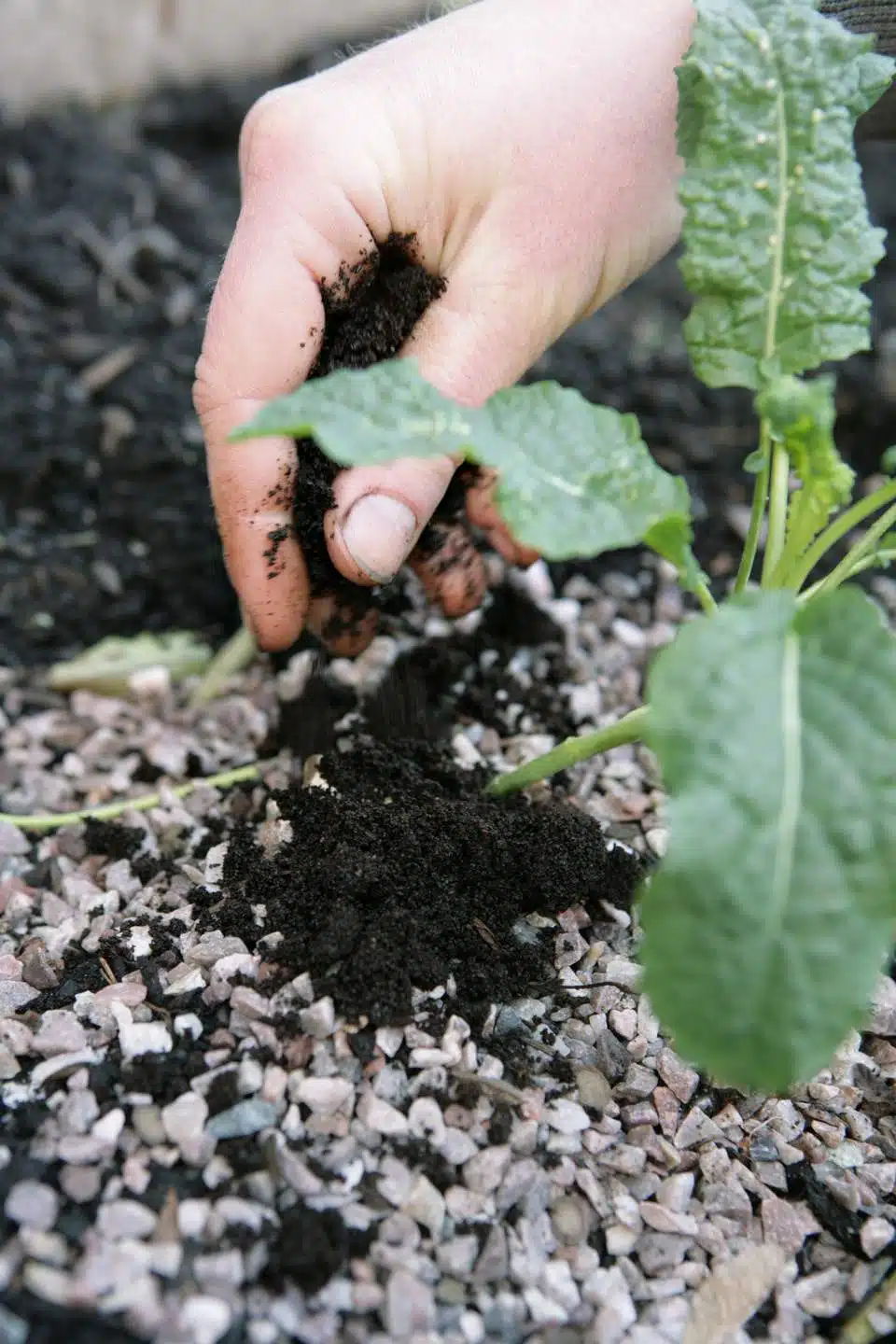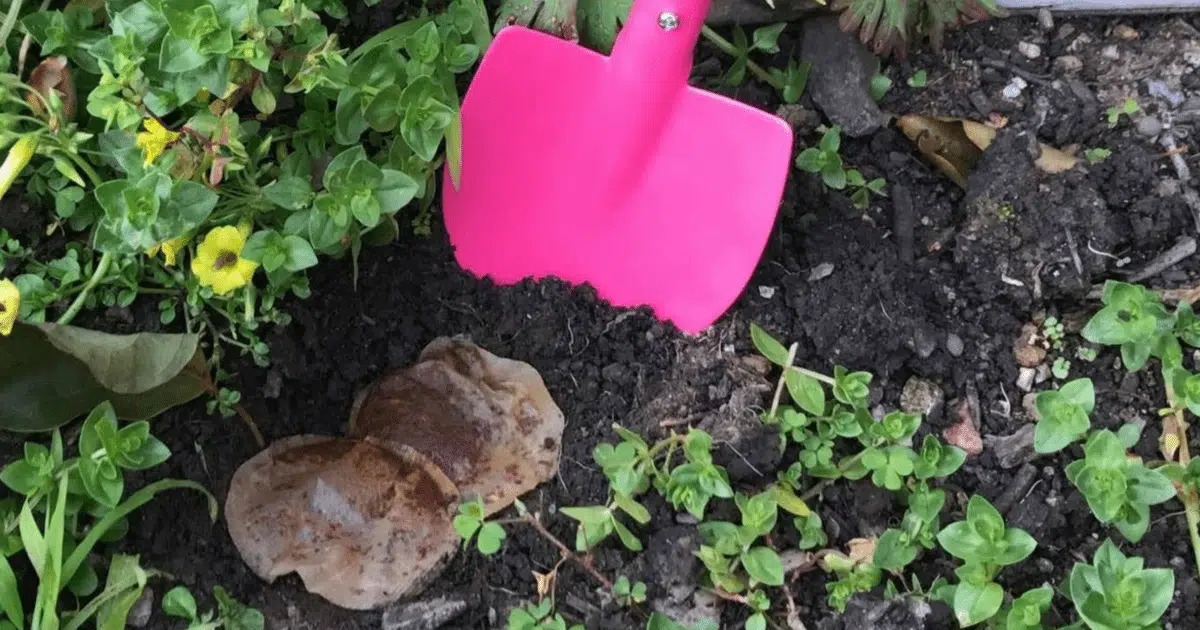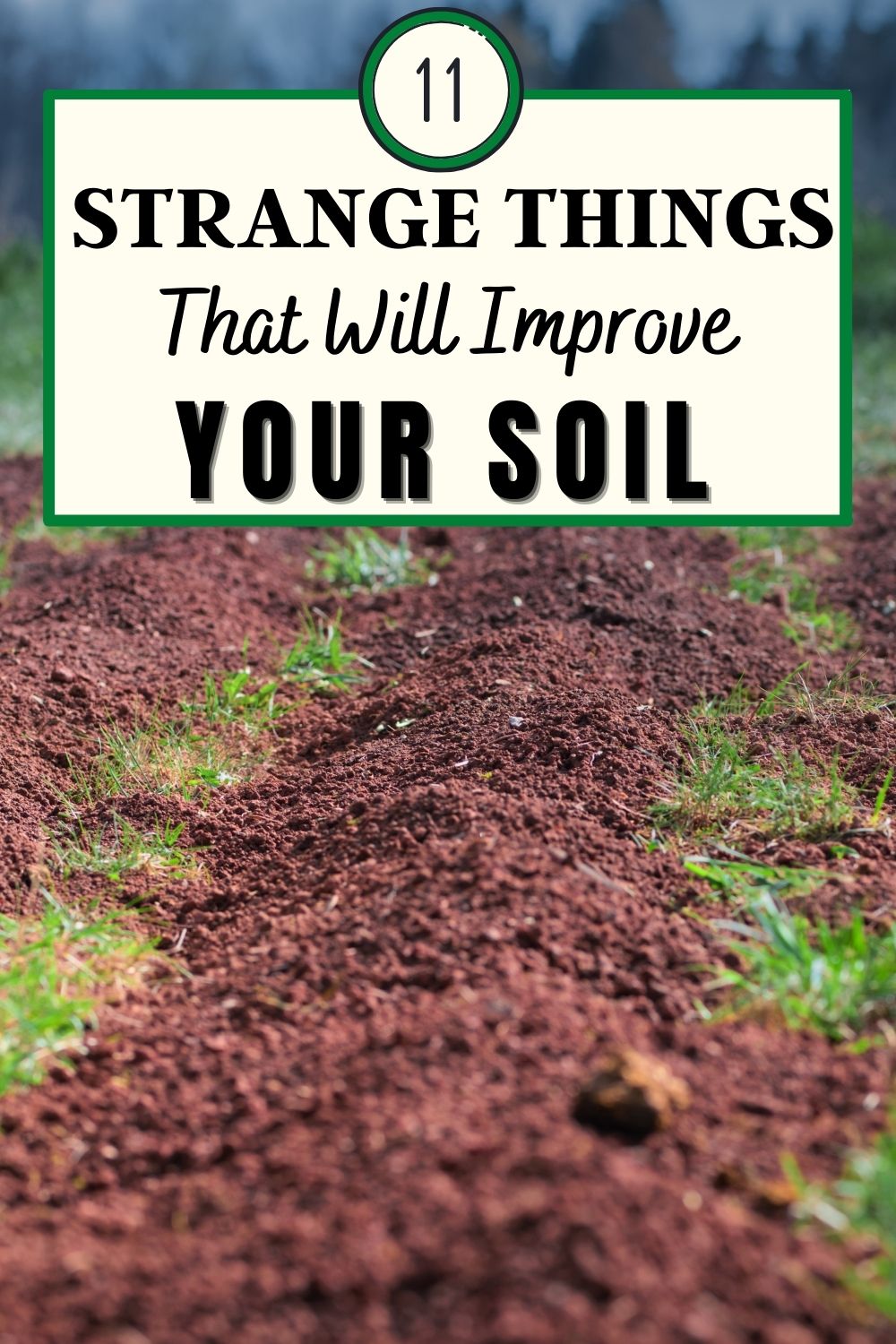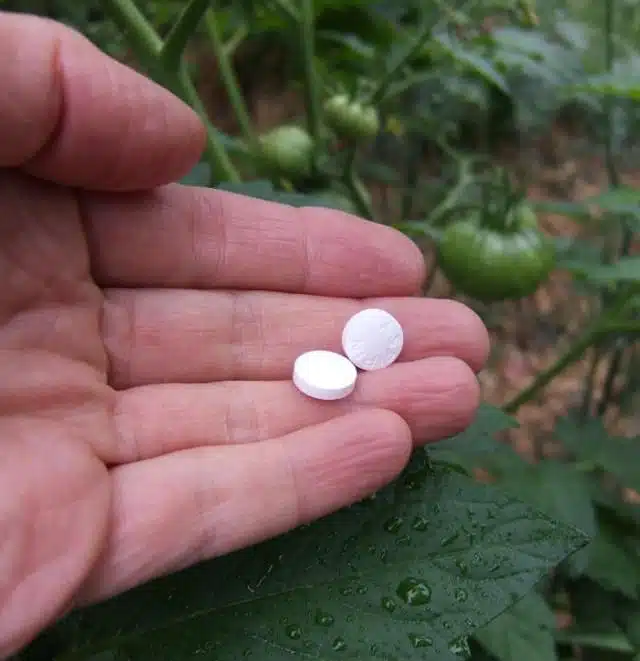GENERAL GARDENING
11 Strange Things That Will Improve Your Soil
Healthy soil requires a balanced combination of elements with a key role in the different processes of your plant. For instance, iron serves as the ignition for the plants to produce chlorophyll and it is essential for photosynthesis. An iron deficiency can cause leaves turning yellow.
Soil scientist Steve Andrews sums it up well. He says, never treat your soil like dirt. According to Steve, dirt is that stuff in your vacuum cleaner bag, on the bottom of your feet, your shoes, the dog, or even the stuff your nosy neighbor likes to dig up on you. Soil, on the other side, is a living entity, combined with microorganisms, organic materials, and nutrients, he notes.
Andrews explains that soil is “the most complex biomaterial on the planet,” as a “dynamic three-dimensional ‘living’ body that sustains life on Earth.” Without soil, he adds, “Our species, and the vast majority of others on planet Earth, would not be here. Soil is a treasure! A magical alchemy of biotic and abiotic components integrated in a self-regulating planetary skin that is intimately entwined with the atmosphere, hydrosphere, lithosphere, and biosphere. Soil is as much alive as we are.”
For a successful garden, the soil must be nurtured.
Some of the things to think about for healthy soil include:
- Ensure your soil gets the air and water it needs.
- Remember that less is more.
- Don’t pull your plants at the end of the season.
- Don’t leave the soil bare.
- Use compost to fortify the soil.
- Feeding organic matter to the soil.
- Know what’s in your soil.
Now it’s time to consider what to feed your soil in order to make it healthy again. As we noted, to feed it, it’s important to add organic matter to the soil such as compost, chopped leaves, manure, cover crops, straw or grass clippings from a non-chemical treated lawn.
There are also many rather unusual things that are known to improve the health of soil, including these.
11 Strange Things That Will Improve Your Soil:
1. Coffee grounds

Coffee grounds aren’t acidic, so you don’t have to worry about pouring them over your garden. They are outstanding for raising the nitrogen level in the soil, which is why so many gardeners are using them. The grounds contain a large amount of nitrogen so this can help your plants grow faster, whether you have grass, or tomatoes. They also contain potassium and phosphorus, meaning that the grounds offer all three of the essential ingredients for fertilizer. In fact, not only does it help feed your plants the nutrients it needs, but it encourages beneficial microorganisms and earthworms will be attracted to your soil. While you can use your own leftover coffee grounds,If you are not a coffee drinker, or you simply cannot get enough coffee grounds for you garden, you may consider getting large buckets of used grounds at a coffee shop.
2. Tea

Aerated compost tea is one of the best ways to improve your soil. Aerated compost tea is a “water-based oxygen rich culture containing large populations of beneficial aerobic bacteria, nematodes, fungi, and protozoa, which can be used to bioremediate toxins.” It’s full of tiny microorganisms that make the soil fertile and healthy.
While compost can be pretty much expensive at a garden store, it’s easy to make yourself right at home. You’ll need to save your used tea bags, and make sure they’re made from paper, silk or muslin as bags made up of polypropylene won’t decompose. Not only can you compost tea bags as fertilizer in the compost bin, but you can dig loose leaf teas and compostable tea bags around your plants. Using tea bags adds that nitrogen-rich component to the compost, and balances the carbon-rich materials. It will nourish your plants as the tea bags decompose, but it will help repressing weeds and aid water retention as well.
3. Banana skins
We all love bananas and eventually end up with lots banana peels. These make one of the best fertilizers around, as they’re high in calcium, phosphorus, and potassium, as well as a host of other minerals, that are essential to the soil’s health.
There are many ways to use those peels too. For instance, you can chop them up into about one-quarter inch pieces, add them directly to the soil, burying them anywhere from just beneath the surface, up to four inches down. You can also grind up the peels, dry them and add them to fertilizer, or simply add whole peels to the soil when planting. This will helps providing a nutritious kick to seeds at the start of their lives, which means healthier plants.

4. Urine
We must admit it sounds extremely weird, but our urine is nitrogen-rich, which can help in lush foliage growth – and, organic gardeners shouldn’t waste any of nature’s bounty, so why not? Urine is best if used on grassy plants like corn and greens. The best way to do it is to save your urine in a container and dilute it with ten times the amount of water before you apply it around the root zone. If you’re using it on seedlings or especially tender plants, dilute it even more.
5. Humanure
This means exactly what you are thinking, human waste. It is completely gross, yet many organic gardeners are using it for its valuable soil nutrients. This is actually a complicated process, however, it will require quite a bit of research if you want to consider using it. It also comes with some degree of risk that is important to be mitigated and well managed.
6. Water from boiling eggs

Using the water from boiling eggs is unusual, but at least it isn’t gross. All you need to do is reserve the water used after boiling eggs. When the eggs boil, calcium leaches into the water, and creates excellent feed for your plants. Make sure you let it cool completely before you use it.
7. Eggshells

Egg shells are also loaded with calcium and you can make good use of them. Placing crushed eggshells in soil that’s around your tomato plants can prevent blossom-end rot. Just sprinkle them around the base of plants in order to keep those pesky snails and slugs at bay, and add them to your compost bin, in order to reduce acidity.
8. Oyster shells
If you are in an area where there are lots of oysters, you can crush the shells and make a slow-release fertilizer to keep the soil healthy. Crush them up with a rolling pin, making the pieces as little as possible. They contain calcium carbonate that makes the soil more alkaline, so you’ll want to use it around plants that thrive in alkaline soil.
9. Aspirin

To use aspirin, just add one-and-one-half aspirins to two gallons of water. Put it into a spray bottle and then spray your plants every 3 weeks. It will help strengthen the immune system of your plants so they will fight diseases easier. Salicylic acid occurs naturally in plants but in very low amounts. That’s the same substance used to make aspirin, which may be why it boosts the immune system, but stimulates flowering too.
10. Fish heads and other fish parts
Fish are rich in nutrients that plants adore. You can grind up fish parts and make your own fertilizer, by using a stick blender or hand grinder and not your kitchen blender for obvious reasons. Afterwards, just work it into your soil.
11. Ashes
You may have a burn pile where you dispose of things like old trimmed branches, storm debris and so on, if you live in a rural area. You shouldn’t put it in your compost pile, but it can be used in your garden soil as it has a high alkaline content as well as trace amounts of potassium and calcium to help encourage blooms. If you have acidic soil, sprinkle the ashes around plants that thrive in alkaline soil, such as lilac, roses, and hydrangea.


